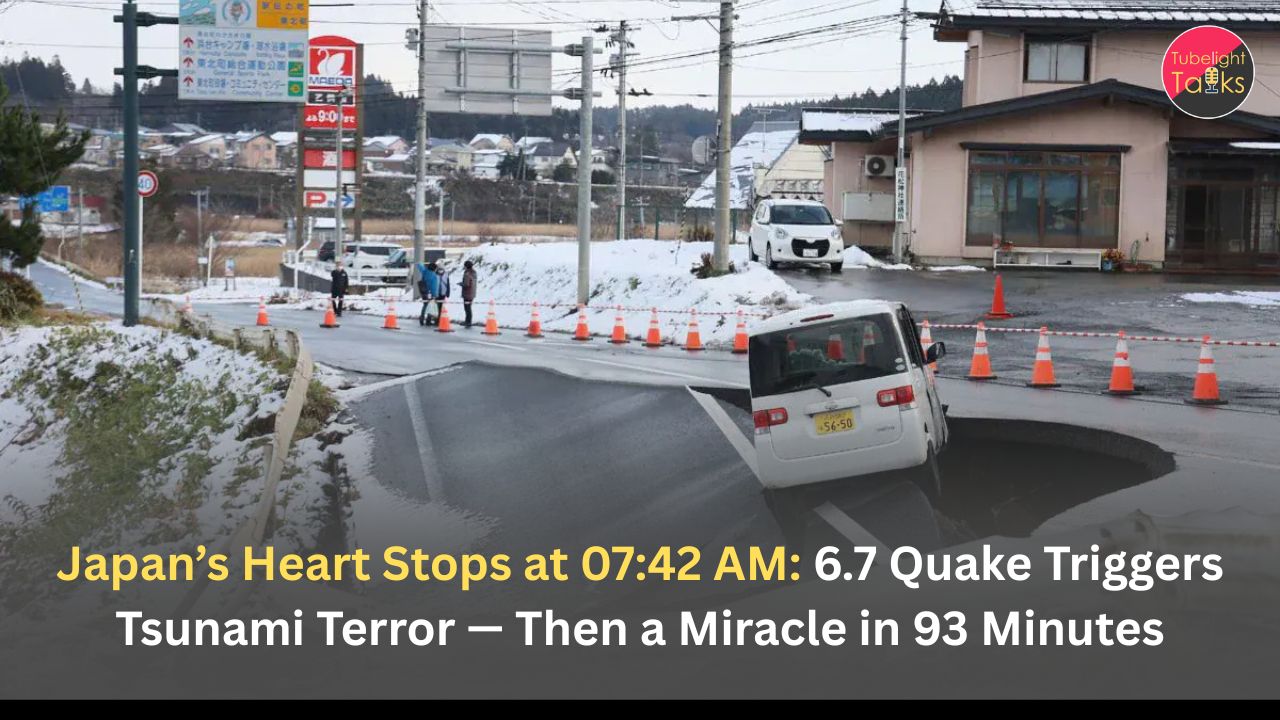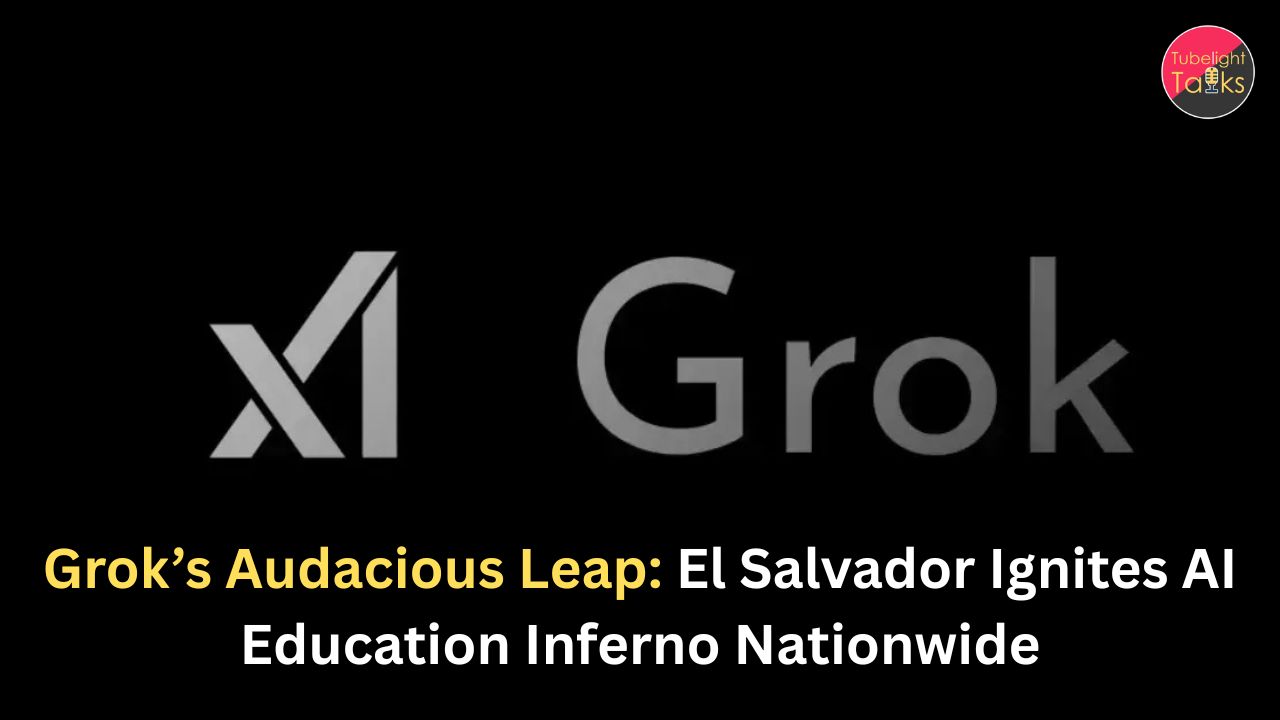ISRO’s Gaganyaan Mission: India’s human spaceflight ambitions just got one step closer to reality. On November 3, 2025, the Indian Space Research Organisation (ISRO) successfully conducted a crucial Integrated Main Parachute Airdrop Test (IMAT) for the ambitious Gaganyaan mission. Conducted at the Babina Field Firing Range in Jhansi, this test aimed to validate the deployment and performance of the parachute systems that will safely return astronauts back to Earth.
This test not only reflects India’s growing prowess in space technology but also brings us closer to witnessing the nation’s first crewed spaceflight. Here’s a deep dive into what this milestone means for India and humanity at large.
Gaganyaan Mission: India’s Leap into Human Spaceflight
What is Gaganyaan?
The Gaganyaan mission, developed by ISRO, is India’s first crewed orbital spacecraft project. Its primary goal is to send three Indian astronauts into low Earth orbit (LEO) and return them safely to Earth. Initially announced in 2018, the project is now in its critical testing phase, with a targeted launch expected in 2026.
Once launched, India will become only the fourth country in the world to send humans into space independently, after Russia, the United States, and China.
What Was Tested: The Importance of IMAT
The Role of the Parachute System
A critical component of any human space mission is the safe return of astronauts. For this, the main parachutes are essential. These are designed to decelerate the crew module from supersonic speeds as it re-enters Earth’s atmosphere.
What is the IMAT?
The Integrated Main Parachute Airdrop Test simulates real-world conditions by dropping the parachute system from a significant altitude using an Indian Air Force IL-76 aircraft. The system must perform as expected under extreme conditions of dynamic pressure, wind, and turbulence.
On November 3, 2025, the test involved:
- Deployment of two main parachutes from a simulated Gaganyaan module.
- Testing of pyrotechnic devices, which cut cords and enable the sequential opening of parachutes.
- Measurement of descent rate, canopy inflation, and impact force.
Result: The parachutes deployed perfectly and slowed down the system to safe landing speeds, validating the design under peak stress conditions.
Official Statement by ISRO on IMAT success (Source: ISRO Official)
Why This Test Was Critical
Human spaceflight is unforgiving, with no margin for error. While technology like propulsion and communication systems get more attention, parachutes are the unsung heroes that determine whether astronauts live or die during re-entry.
This test was one of the last major hurdles before manned missions begin. It validated:
- Reliability of multi-stage parachute deployment
- Performance under worst-case scenarios
- Structural integrity of the canopy and cords
With this success, ISRO can proceed with more confidence to final unmanned flights, scheduled for mid-2026.
India’s Rising Space Capabilities
ISRO’s progress with the Gaganyaan mission showcases how India is rapidly moving from:
- Satellite launches to manned missions
- Earth observation to interplanetary exploration
- Dependence on foreign tech to self-reliance in aerospace
This success also complements India’s earlier achievements:
- Chandrayaan-3 soft landing on the Moon
- Aditya-L1, India’s first solar mission
- Launch of the SSLV and expansion of NAVIC navigation systems
Global Significance: India as a Space Power
Gaganyaan is more than a national mission—it’s India’s entry into the elite club of spacefaring nations.
By mastering astronaut safety systems, life support modules, and autonomous orbital navigation, India is preparing to:
- Launch space stations
- Develop deep-space crewed missions
- Enter the commercial spaceflight market
This success also boosts India’s reputation as a trusted partner in global collaborations, with NASA and Roscosmos closely watching.
Spirit Beyond Space: The Deeper Journey
A Mission Greater Than the Stars
While the scientific community celebrates ISRO’s latest success, it opens a bigger question: Is space the final frontier? According to spiritual knowledge revealed by Sant Rampal Ji Maharaj, the soul’s real journey lies beyond physical realms. Gaganyaan may take us to space, but true liberation lies in reaching a divine realm beyond death, pain, and rebirth.
In spiritual texts and discourses, the concept of eternal, blissful existence in Satlok is presented—a place where the soul is free from karmic cycles, similar to how astronauts are freed from Earth’s gravity. Sant Rampal Ji Maharaj teaches that just as scientists prepare for every detail before a space mission, a soul must prepare with devotion, truth, and guidance from a Complete Saint to reach its true destination.
Watch Sant Rampal Ji Maharaj YouTube Channel
Call to Action: From Space Aspirations to Soul Awakening
Go Beyond Limits—Both Outer and Inner
As ISRO readies India for its first human spaceflight, now is the perfect time to reflect on your own life’s trajectory.
Ready for your spiritual liftoff?
- Understand the eternal nature of the soul
- Learn the truths hidden in scriptures
- Take Naam Diksha from a Complete Saint as guided by Sant Rampal Ji Maharaj
- Begin the inner journey to Satlok, the eternal realm of peace
Humanity is exploring galaxies. But it’s time you explore your purpose.
FAQs on ISRO’s Gaganyaan Mission Parachute Test
Q1. What is the purpose of the IMAT test conducted by ISRO?
The IMAT (Integrated Main Parachute Airdrop Test) validates the performance of parachutes that will safely bring Gaganyaan astronauts back to Earth.
Q2. Where and when was the test conducted?
The test took place on November 3, 2025, at the Babina Field Firing Range, Jhansi.
Q3. Why are parachutes so critical for Gaganyaan?
Parachutes ensure that the crew module decelerates safely during re-entry. Failure would risk the lives of astronauts.
Q4. What are the next steps for the Gaganyaan mission?
Following this successful test, unmanned test flights are scheduled, followed by the first crewed launch in 2026.
Q5. Is India collaborating with other countries for Gaganyaan?
Yes, India is collaborating with Russia for astronaut training, and has engaged France and NASA in various support roles.










